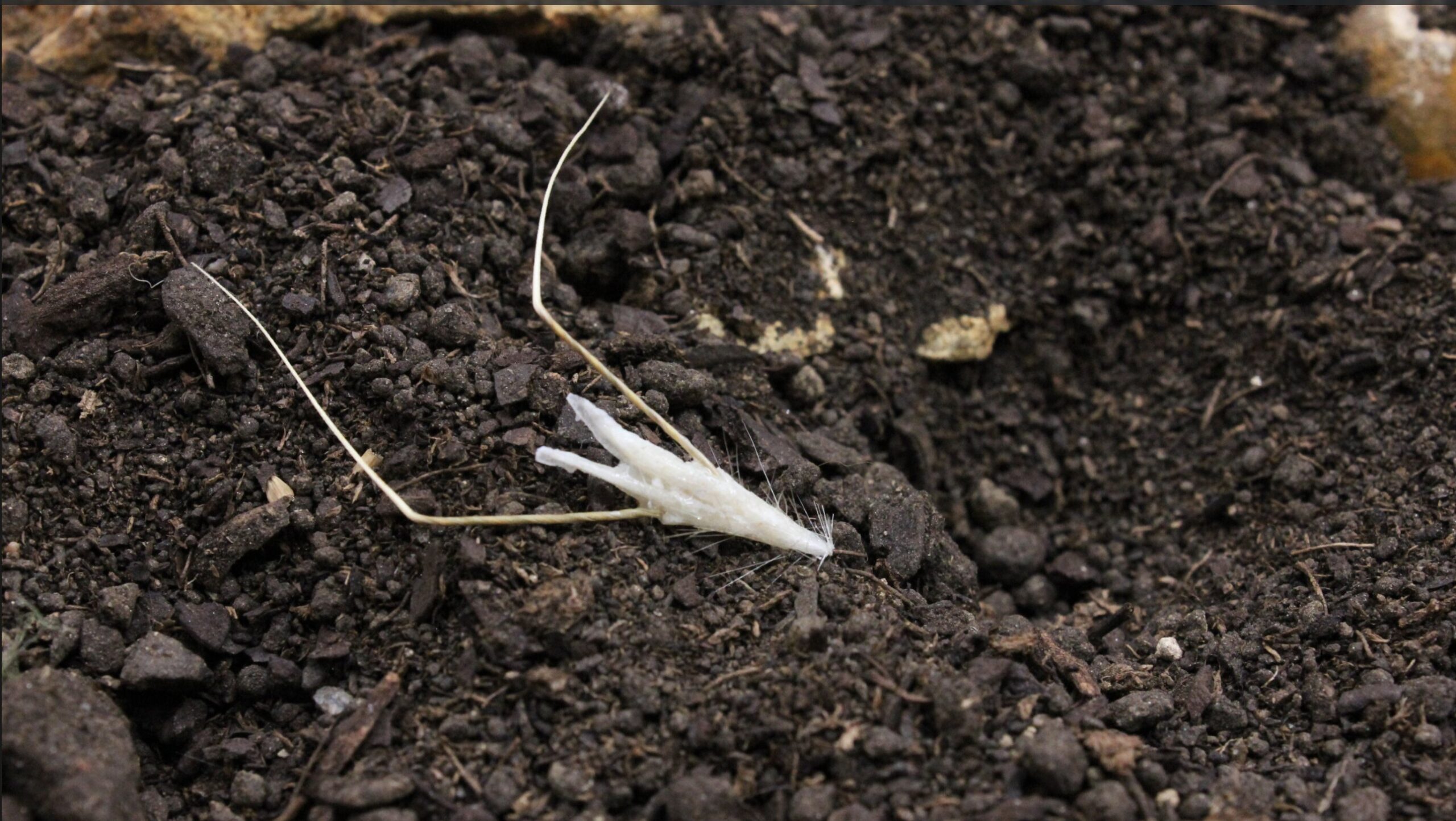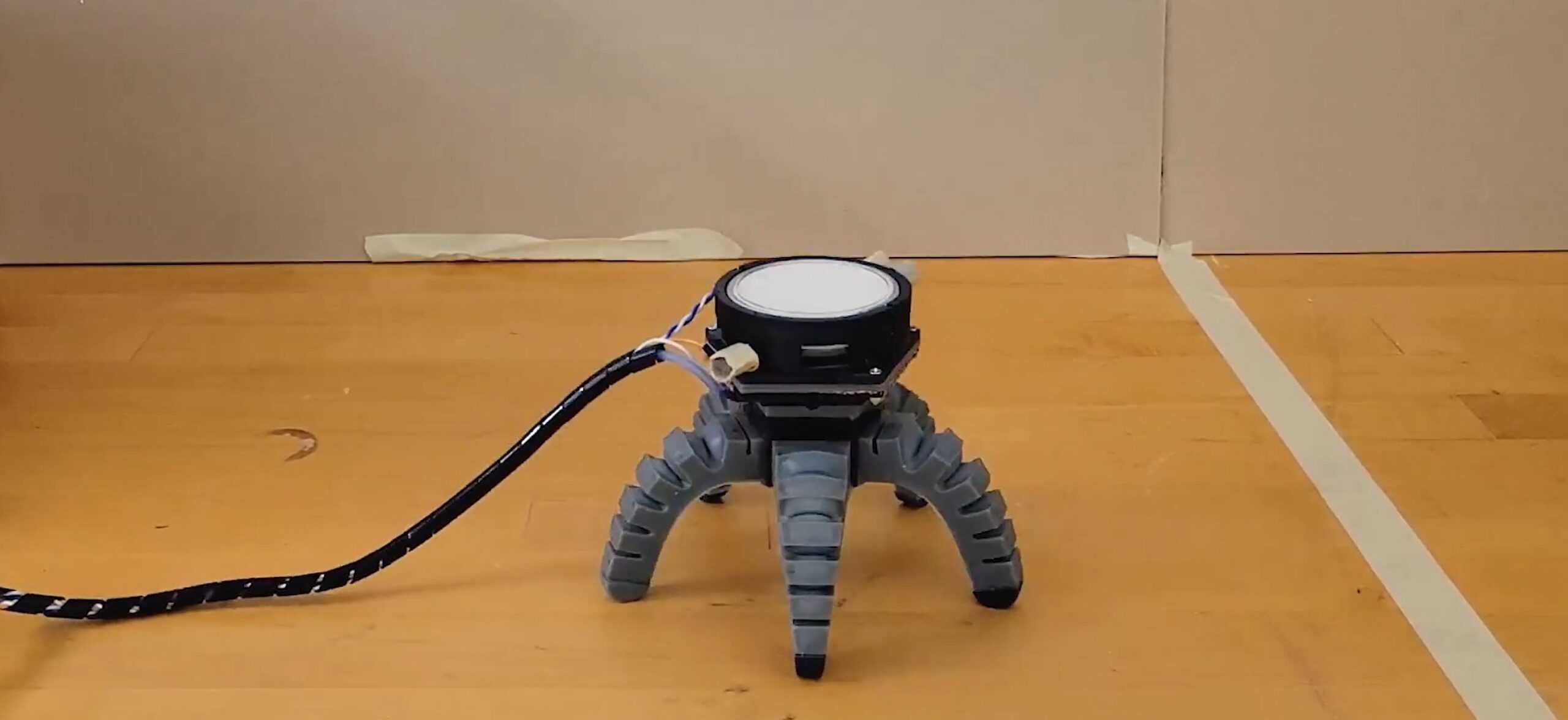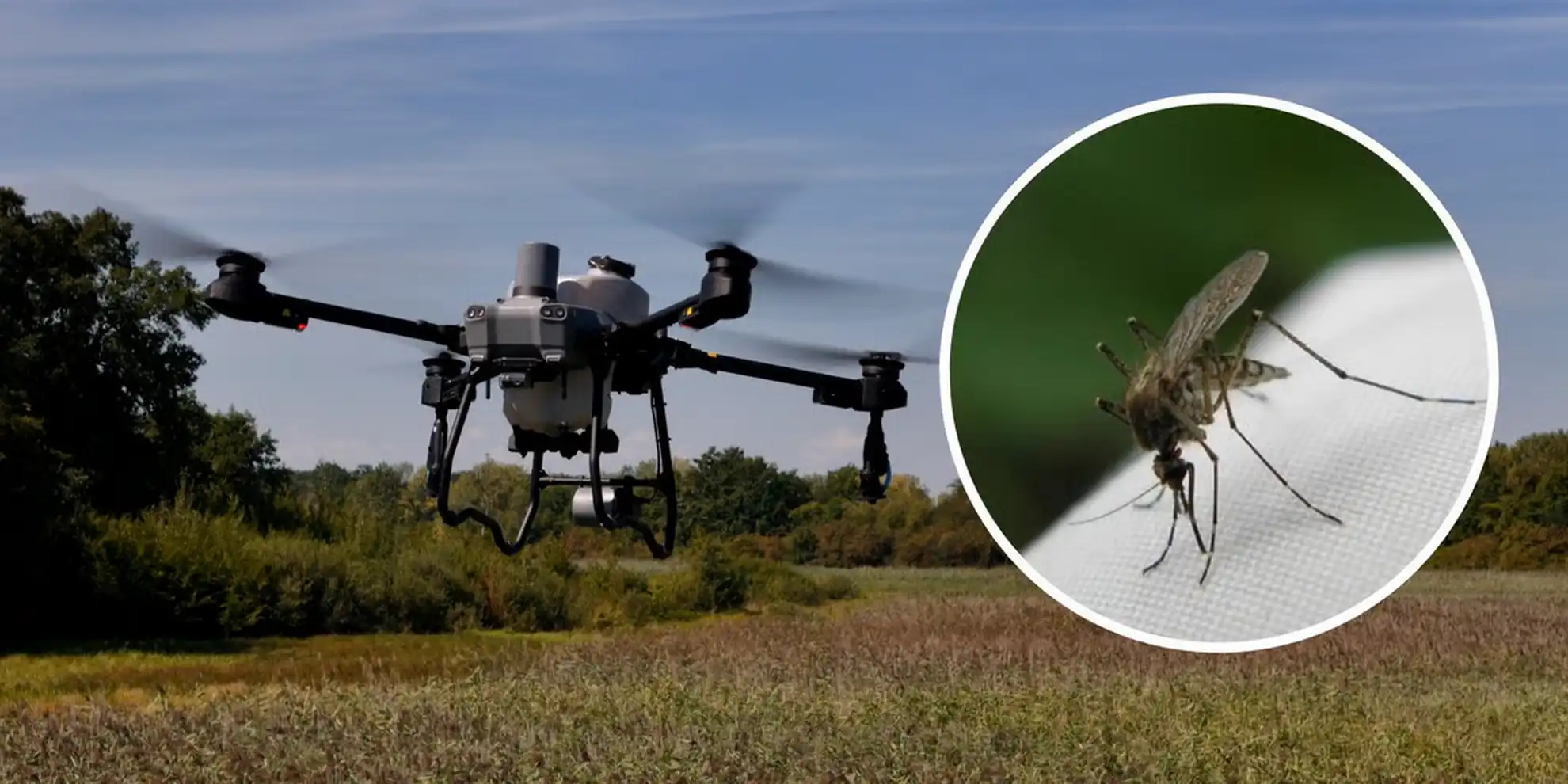Recently, a series of innovations in robotics has seen motherboards replaced with fungal mycelium, metal chassis replaced with oat fruit, and, conversely, jellyfish equipped with cybernetics.
It’s an emerging field called biohybrid robotics. Essentially, robotics engineers have learned to use bits of biological systems to replace those they would otherwise have to design with synthetic components. It’s both labor-saving and in some cases, very much an upgrade on existing micromachinery.
Robotics has for years been inspired by biology, but it’s only recently that it has begun utilizing it outright. Take this robot as a perfect example. This five-figured unit has borrowed the locomotion of a starfish, but the wires attached to the console at its center are hooked up to a bundle of electrodes that read electrical signals from fungal mycelia.
Mycelium is a little like the root system of a mushroom. Incredibly thin, and capable of growing incredibly long, they are also known to carry electrical impulses in a way that’s similar to how networks of human neurons send electrical impulses that control muscle tissues. On a side note of fascination, the mycelia’s electrical activity bears a remarkable similarity to neuroelectrical impulses linked to words and speech in the human brain.
“If you think about a synthetic system – let’s say, any passive sensor – we just use it for one purpose. But living systems respond to touch, they respond to light, they respond to heat, they respond to even some unknowns, like signals,” says Anand Mishra, a research associate in the Organic Robotics Lab at Cornell University, and lead author on a paper presenting the mushroom-controlled robot.
“That’s why we think, ‘OK, if you wanted to build future robots, how can they work in an unexpected environment?’ We can leverage these living systems, and any unknown input comes in, the robot will respond to that”.
To follow up on Mishra’s thoughts, fungal cells can survive in many different environments that other living cells, like those from plants or mice, may struggle in, such as irradiated areas, ocean water, and freezing temperatures.
“This paper is the first of many that will use the fungal kingdom to provide environmental sensing and command signals to robots to improve their levels of autonomy,” Shepherd said. “By growing mycelium into the electronics of a robot, we were able to allow the biohybrid machine to sense and respond to the environment. In this case, we used light as the input, but in the future, it will be chemical. The potential for future robots could be to sense soil chemistry in row crops and decide when to add more fertilizer, for example, perhaps mitigating downstream effects of agriculture like harmful algal blooms.”

Roboats and Gelbots
Biohybrids have already used all three kingdoms of life. Italian researchers recently used the appendages that stick out of oat grains to power a tiny, capsule-sized seed packet that moves based on moisture in the air. It’s similar to other concepts in ‘soft robotics,’ another growing field of robotics that involves making constructs that can move through an environment but without wires, pistons, or other hardware.
In a recent case at Johns Hopkins University, water-based gel strips were shown to be able to propel themselves forward using simply the expansion and contraction of the gel based on temperature. They appear like an inchworm in motion, and are believed to represent a possible delivery mechanism for pharmaceuticals inside the body to target wound areas, infections, or even cancer tumors. They also present as ideal for exploring and sampling the seafloor. Made of little more than simple, biodegradable materials, they pose no threat of contamination.
The oat robot is comprised of three component parts. A seed-containing capsule made of flour with an ethyl-cellulose coating—the same coating used on supplement capsules—two ‘arms’ from the oat fruit, and the seed itself. Here again, temperature plays a vital role in locomotion.
Based on the presence of moisture in the air, the oat appendages move and twist, accumulating elastic energy which is eventually released, causing the capsule to be pushed along. This continues to happen until the capsule is pushed into a hole from which it cannot get out, leaving the seed to germinate, and the robot to decompose.
Called HybriBot, the tiny idea was developed at the Bioinspired Soft Robotics laboratory at the Instituto Italiano di Tecnologia within the framework of the European project i-Seed for purposes of reforestation. Phys.org reported that the research group tested the effectiveness of seed deposition using various types of seeds, such as tomato, chicory, and willow herb, the latter being particularly useful in beekeeping; and in different types of soil, such as potting soil, clay, and sand.
From gel bots to jellydroids
California Technical Institute also has a project that fits well into the biohybrid robotics paradigm. Considering most footage of robots moving and acting that the average person has seen will have been in movies, Caltech’s project could be best communicated as the mostly sci-fi but perfectly plausible field of cybernetics—merging man and machine.
Their project saw them use engineering to augment the natural swimming abilities of a jellyfish and imbue it with scientific instruments for ocean exploration.
“Jellyfish are the original ocean explorers, reaching its deepest corners and thriving just as well in tropical or polar waters,” John Dabiri, the Centennial Professor of Aeronautics and Mechanical Engineering at Caltech, told Earth.com. “Since they don’t have a brain or the ability to sense pain, we’ve been able to collaborate with bioethicists to develop this biohybrid robotic application in a way that’s ethically principle”.
At first, Dabiri and his team wanted to create a biohybrid robot, but their prototypes failed to compare to the real thing, which was in this case the moon jellyfish, the most commonly found species in the ocean.
“In light of the accelerating rate of climate change impacts on the physics and biogeochemistry of the ocean, the need for new tools that can measure more of the ocean on faster timescales is becoming pressing,” Dabiri and his co-authors write in their paper introducing the concept of a cybernetic jellyfish.
By designing a buoyancy-neutral forebody or “cap” for the jellyfish to wear on its hood, the moon jelly swam 4.5 times faster than the unequipped jellyfish. This was achieved by reducing drag and increasing the efficiency of its unique swimming movement, which also allowed it to carry 105% of its body weight in payload.
“While many robotic exploration tools are limited by cost, energy expenditure, and varying oceanic environmental conditions, this platform is inexpensive, highly efficient, and benefits from the widespread natural habitats of jellyfish,” the authors write.
PICTURED ABOVE: Cornell’s mushroom-controlled robot. PC: Anand Mishra, Cornell University



